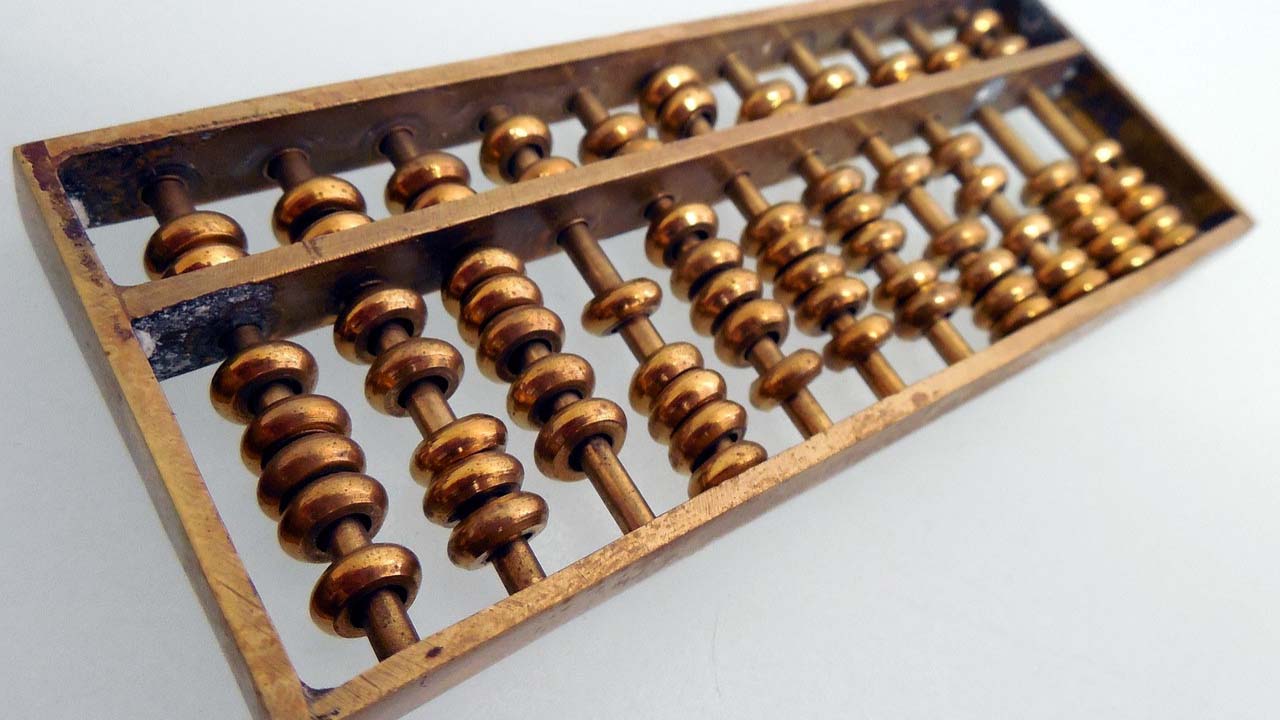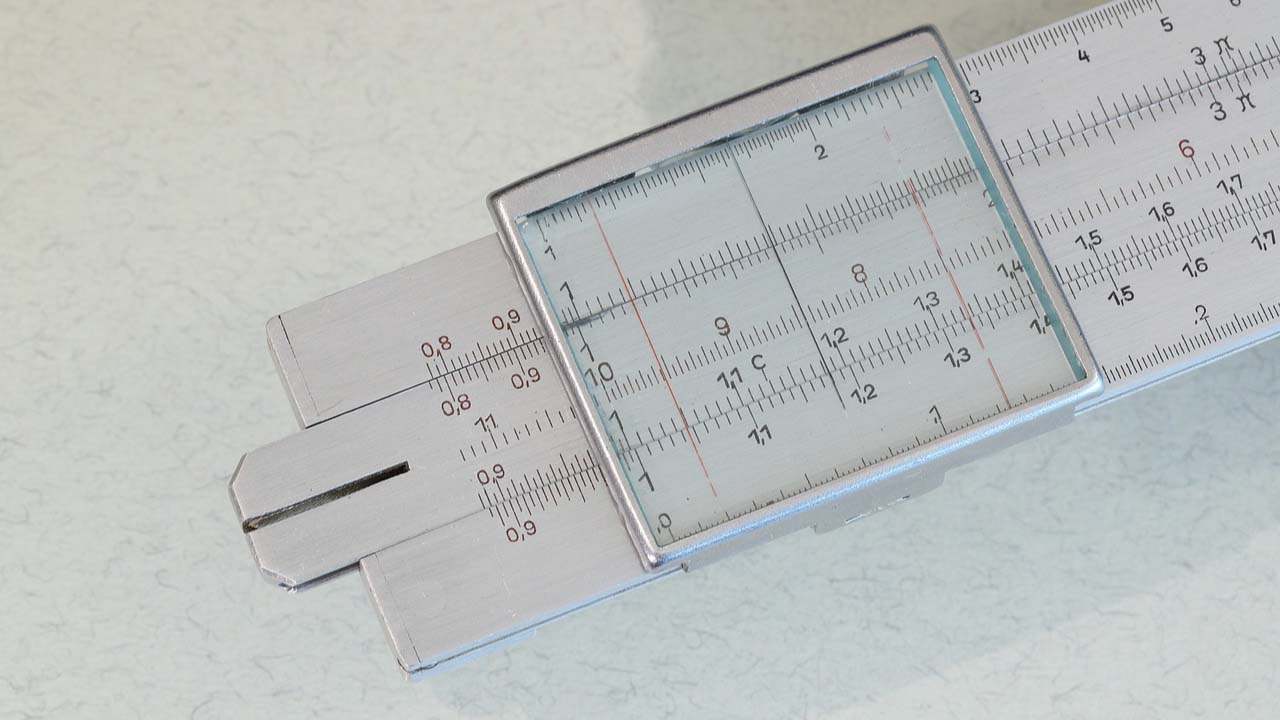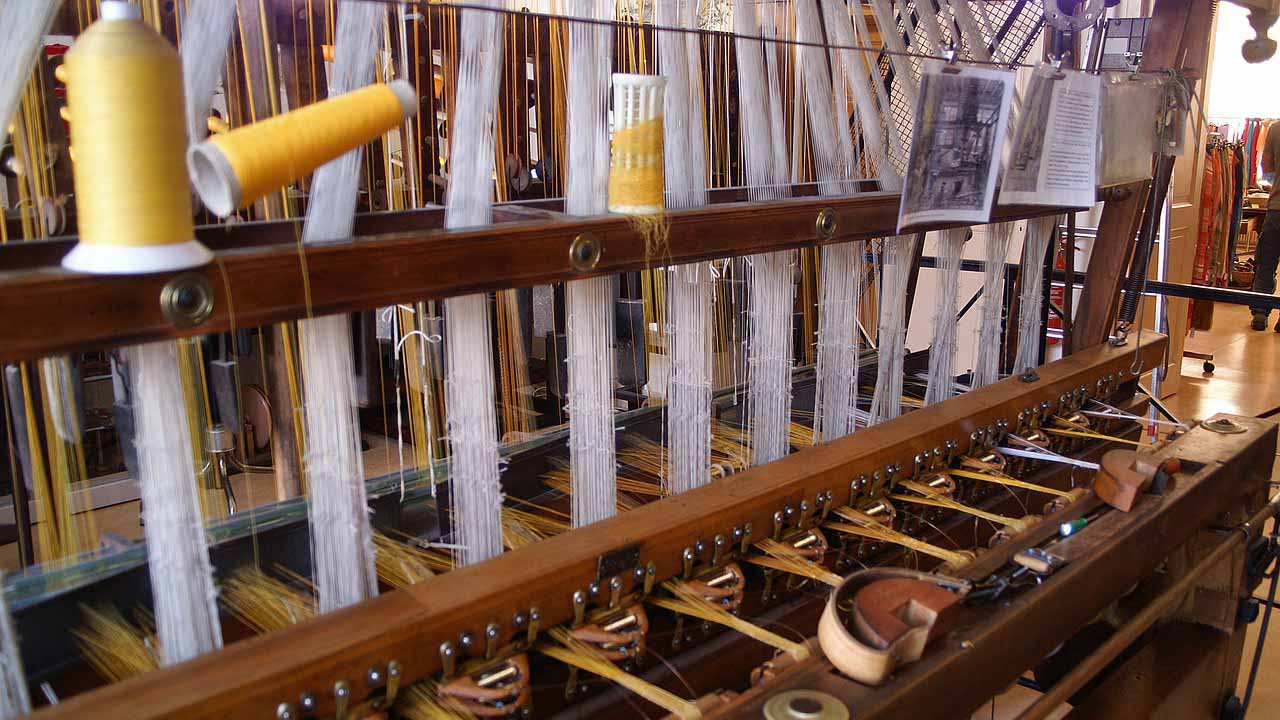History of computer
History/Evolution of Computer Technology
Abacus:
It is developed by Chinese in 3000 B.C. It is still used by millions of people throughout Asia. It has rectangular wooden frame with rods carrying round beads. It is used to perform basic arthimetic operations.

Napier’s Bones:
Invented by John Napier in 1614. Napier’s Bones is a small instrument which is made by 10 rods on which the multiplication table was engraved. Strips of ivory bones are used in Napier’s Bones. It allowed the operator to multiply, divide and calculate square and cube roots by moving the rods around and placing them in specially constructed boards.
Slide Rule:
The invention of logarithms influenced the development of another famous inventation know as slide rule. In 1620 first slide rule came into existance which was invented by William Oughtred.

Pascaline:
Blaise Pascal, a french mathmatician, invented the first mechanical adding machine called pascaline in 1642. It worked on clock work mechanism principle. It consists of eight dials, gears and wheels.
Stepped Reckoner:
In 1671 AD, a German mathematician , Gottfried Leibnitz modified the Pascaline machine and invented the first calculator Stepped Reckoner, which was able to perform automatic addition, subtraction, multiplication, division and could find out square root.
Jacquard Loom:
Joseph Marie Jacquard, a French textile manufacturer invented a mechanism for automated weaving cloths for the textile industry. This machine was controlled by punch cards i.e. principle of present and absence of holes. It is still in used in Garment factory for cloth design.

Charles Babbage’s Engine:
Charles Babbage invented the Difference Engine in 1822 AD and Analytical Engine in 1833 AD. The basic plan proposed for the Analytical Engine by Charles Babbage completely matches with the input, process and output concept of the modern computers. This is why Charles Babbage is called the “Father of Computer.”
Tabulating Machine:
Herman Hollerith, an American census statistician, developed a mechanical tabulating machine. It was used to assist in summarizing information and accounting. Hollerith established the Tabulating Machine Company in 1896 to manufacture his inventions. Later it become International Business Machine(IBM).
Mark I:
Howard Aiken, an American computer engineer and mathematician, in collaboration with engineers at IBM developed an electro-mechanical computer called Mark I. It was the first fully automatic calculating machine.
Atanasoff Berry Computer:
Professor John Vincent Atanasoff and his graduate student Clifford Berry invented ABC at Lowa State University between 1939-1942. It was the first electronic computing device. It is considered as the first ccomputing machine which introduced the idea of binary arithmetic, regenerative memory, and logic circuits.
ENIAC:
Developed by John Mauchly and John Eckert in 1946. Known as Electronic Numerical Integrator and Calculator. It was the first electronic general purpose computer. This machine could discriminate the sign of number, compare quantities for equality, add, subtract, multiply, divide and extract square roots. It consists of 18000 vacuum tubes with 160KW electricity and weight 30 tons.
UNIVAC 1:
Designed by J.Presper Eckert and John mauchly and also known as Universal Automatic Computer. It was the first commerical computer. It was designed to handle both numeric and textual information.
EDVAC:
Designed by Dr. John Von Neumann, John William Mauchly and John Presper Eckert jr.in 1946. Also known as Electronic Discrete Variable Automatic Computer. It included a stored program, a central processor and a memory for both data and programs. It consists of approximately 4000 vacuum tubes. It consumed 56 Kilowatts of electric power.
Key Dates in the history of Personal Computer
| Date | History |
|---|---|
| 1971 | Intel developed the word’s first microprocessor called Intel 4004. |
| 1975 | Micro Instrumentation Telemetry system of new Mexico introduced. The first commercially available microcomputer, the altair 8800. |
| 1976 | Steven jobs and Stephen Wozniak designed and built the Apple-I computer. |
| 1981 | IBM introduced its Personal computer (PC). |
| 1984 | Apple Computer, Inc. introduced the Macintosh, a computer using a mouse and graphics interface. |
| 1986 | IBM delivered the IBM’s first laptop computer and the first intel based computer with a 3.5 inch floppy disk drive. |
| 1989 | Intel released the 80486 chip, the world’s first one-million-transistors microprocessor |
| 1993 | Intel introduced the first Pentium chip. |
| 1994 | PCs become gaming machine as Command & Conquer Alone in the Dark 2, Theme Park, Magic Carpet, Descent and Little Big Adventure are among the games to hit the market. |
| 1999 | The term wifi becomes the part of the computing language and user begin connecting to the internet without wires. |
| 2000 | Sony release the PlayStation 2. |
| 2003 | The first 64-bit processor , AMD Athlon 64, becomes available to the consumer market. |
| 2006 | Apple inturduces the MacBook pro, its first Intel-Based, dual-core mobile computer, as well as an Intel-based iMac. Nintendo’s will hits the market. |